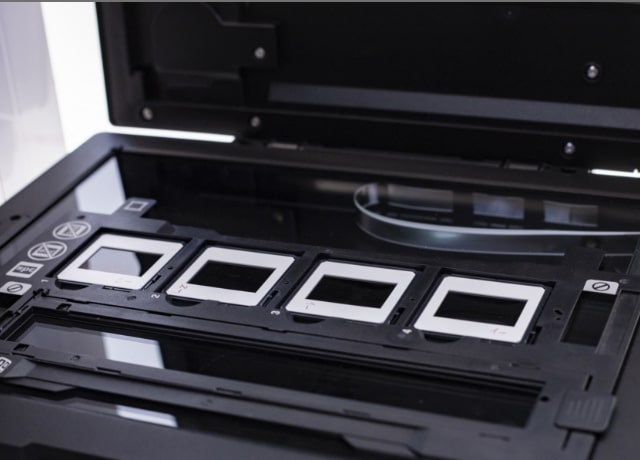Microfilm is an antiquated process through which businesses and institutions used to save documents in a readable format in an effort to reduce storage space. While the process saved space in the interim, microfilm formats have a limited life span, and therefore they must be copied into a digital format prior to deterioration.
Transferring microfilm images to a computer is a simple process that one can achieve by following a few simple steps. By transferring microfilm documents to digital format, businesses can keep the files they need for the long term and retrieve them whenever they’re needed. Read on to find out how to transfer microfilm into digital format!
Benefits of Converting Microfilm to Digital Format
Before we dive into the process of transferring microfilm to digital format, let’s discuss the benefits associated with completing this process. When businesses choose to transfer microfilm into digital format, they essentially take each frame and generate image files, including PDF, JPG/JPEG, and TIFF files. The process maintains the original file size and integrity while making it easily accessible on a computer.
Not only does this process make microfilm files more easily accessible, but digitizing these files ensures they are backed up, so businesses don’t have to worry about losing the only copy that exists. Rather than depending on outdated, hard-copy files, businesses can bring them into the digital realm and have access to them for years to come. All that’s required is a microfilm scanner to get the process started.
Step-by-Step Guide for Converting Microfilm to Digital Format
To begin converting microfilm to digital format, you’ll need to first obtain a microfilm scanner. Once you’ve done so, complete the following steps to digitize your microfilm files:
- Microfilm Type: There are different types of microfilms, such as 16 mm and 35 mm. Depending on what type of file you’re planning to digitize, you’ll need to enter the appropriate scanner settings and ensure you’re using the correct microfilm scanner.
- Start Scanning: Begin the scanning and conversion process by ensuring you capture every microfilm image. Take this time to assess the image quality, and be sure to perform this step in a secure facility — especially if the microfilm materials are sensitive in nature.
- Image Inspection: Perform a thorough inspection of each image to check for quality issues. To ensure the highest-quality images, be sure to do image processing as well.
- File Conversion: Select the file type you need (i.e., TIFF, JPEG, BMP, PDF, etc.) and begin the conversion process through your microfilm scanner.
After the final step is completed, you have successfully converted your microfilm into digital format. If you have followed the instructions above and are still having difficulty digitizing your files, don’t worry! Imagex provides the end-to-end document scanning services businesses need to successfully bring their hard-copy files to the digital realm. Our team will be happy to assist you with your file conversion process and ensure the highest-quality transfer of digital assets possible.
Imagex Document Scanning Services
If you’re interested in document scanning services for your business, Imagex has the skilled professionals you need to get the job done right. Our team has years of experience converting hard-copy files into digital format, helping businesses increase accessibility, reliability, and longevity for their essential assets. Contact our team to get started with our document scanning services today!

